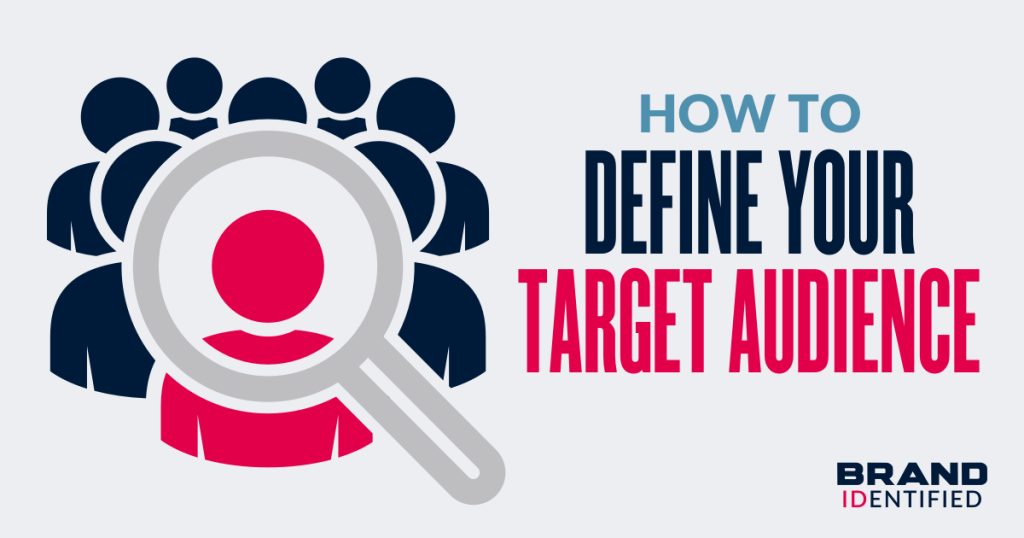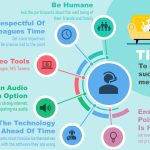Branding Basics: Define Your Target Audience
Are you ready to watch your brand soar to new heights? Well, fasten your seatbelt, for the journey to success begins with two simple words: target audience. It’s crucial, it’s fundamental, and it’s the golden key that unlocks the potential of your brand. In this article, we’ll help you leave no stone unturned in defining the heart and soul of your business—the people you’re aiming to serve.
Understanding the Importance of a Target Audience
Think of your brand as a beacon, a lighthouse in the stormy sea of the marketplace. It’s designed to signal to your ideal customers—your target audience—and guide them safely to your shores. This is the group of people who are most likely to benefit from your products or services, and more importantly, who are most likely to purchase them. Identifying and understanding these individuals is more than just good practice; it’s the lifeblood of effective branding and marketing.
Breaking Down the Target Audience Puzzle
So, who exactly are these people, and how do we find them? Imagine you’re assembling a puzzle; each piece represents a different element of your potential audience—demographics, interests, buying behaviors, and more. When put together, they form a complete picture of your ideal customer.
1. Demographics: Age, Gender, and Beyond
Let’s start with the basics. Demographics are like the corner pieces of our puzzle. These are tangible characteristics such as age, gender, income, education level, and occupation. Understanding these aspects of your audience can help you tailor your branding to resonate with them on a basic yet critical level.
2. Psychographics: Diving Deeper into the Mindset
Once you’ve got the demographics squared away, it’s time to dive deeper. Psychographics pertain to the psychological attributes of your audience—think values, attitudes, interests, and lifestyles. This is where you begin to truly understand what motivates your prospective customers, their goals, challenges, and pain points.
3. Location: Where in the World Are They?
Location, location, location! Whether global or local, knowing where your target audience resides is crucial. This information can influence your marketing approach, the channels you choose, and even the timing of your campaigns. After all, you wouldn’t want to send out emails when your audience is likely sleeping on the other side of the world, would you?
4. Behavior: Uncover the Buying Patterns
Understanding how your audience behaves online and offline can give you tremendous insights into the best ways to approach them. Are they impulsive shoppers or careful planners? Do they prefer shopping online or in brick-and-mortar stores? These behaviors will help you in crafting messages that truly speak to them.
5. Needs and Pain Points: Providing the Solution
Your brand offers a solution, but to what problem? Identifying the needs and pains of your target audience can elevate your brand from a mere option to a necessity. Be the answer they’ve been searching for, and they will become loyal advocates for your brand.
Research Methods to Discover Your Audience
Now that you know the “who”, it’s time to figure out the “how”. Like a detective on the trail, use these research methods to uncover the clues about your target audience:
1. Surveys and Questionnaires
Create and distribute surveys to gather information from individuals within your market. Ask pertinent questions, but keep it concise and user-friendly. No one loves a survey that feels like taking a college entrance exam!
2. One-on-One Interviews
Get up close and personal with in-depth interviews. These can reveal the story behind the data, revealing powerful insights you can’t get from numbers alone.
3. Social Media Analytics
Platforms like Facebook, Instagram, and Twitter provide treasure troves of data about your followers. Analyze these insights to understand who’s engaging with your brand online.
4. Market Segmentation
Divide your market into smaller segments to better understand the specific needs and preferences of different groups. This enables more targeted and efficient marketing strategies.
5. Competitor Analysis
Take a look at your competitors. Who are they targeting? What can you learn from their approach? Don’t imitate, but rather use this information to differentiate your brand.
Putting It All Into Practice
Armed with your research, it’s time to put that knowledge into action. Develop customer personas—fictional, generalized representations of your ideal customers. These personas help humanize your target audience, making it easier to tailor your content, messaging, and services to meet their specific needs.
Then, tailor your brand voice to resonate with your audience. If they’re young and trendy, be bold and vibrant. If they’re professional and conservative, adopt a more formal tone. The way you communicate should reflect not only who you are as a brand but also speak directly to the hearts and minds of your target customers.
Lastly, remember that your work is never done. Markets evolve, trends change, and audiences grow. Regularly revisit your research and update your strategies accordingly. Keeping your finger on the pulse of your target audience ensures that your brand remains relevant and resonant.
Conclusion

Defining your target audience is a journey, not a destination. It’s about connecting the dots between your brand and the people most likely to fall in love with it. When you devote time and energy to understand your audience, your brand ceases to be just another fish in the sea. Instead, it becomes a beacon of light for your ideal customers, guiding them straight to your doorstep. So, engage in diligent research, build detailed customer personas, and communicate with precision and care. The result? A brand that not only speaks its truth but also speaks directly to the very people who need to hear it most.


